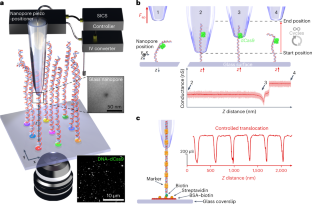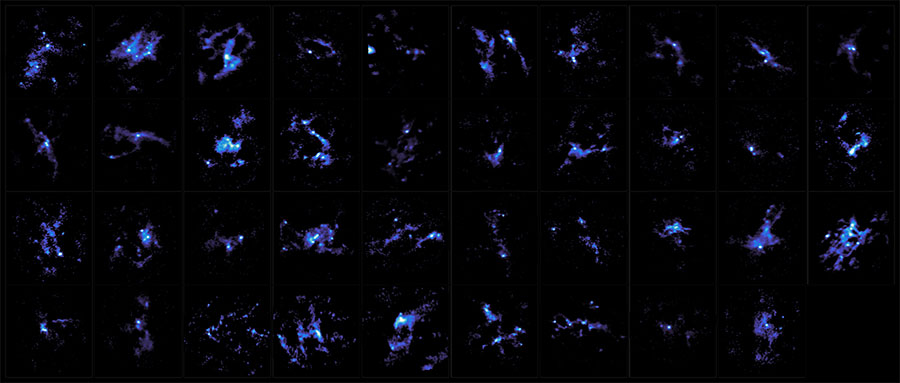2023-06-19 バッファロー大学(UB)
◆この改善は、都市指導者が気候変動の影響に対処するための計画に気候科学者の評価を取り入れる際に重要であると述べられている。
<関連情報>
- https://www.buffalo.edu/news/releases/2023/06/climate-risk-communication-nowicki.html
- https://www.nature.com/articles/s41558-023-01691-8
将来の海面上昇の不確実性とあいまいさを評価利用者に伝える Communicating future sea-level rise uncertainty and ambiguity to assessment users
Robert E. Kopp,Michael Oppenheimer,Jessica L. O’Reilly,Sybren S. Drijfhout,Tamsin L. Edwards,Baylor Fox-Kemper,Gregory G. Garner,Nicholas R. Golledge,Tim H. J. Hermans,Helene T. Hewitt,Benjamin P. Horton,Gerhard Krinner,Dirk Notz,Sophie Nowicki,Matthew D. Palmer,Aimée B. A. Slangen & Cunde Xiao
Nature Climate Change Published:19 June 2023
DOI:https://doi.org/10.1038/s41558-023-01691-8

Abstract
Future sea-level change is characterized by both quantifiable and unquantifiable uncertainties. Effective communication of both types of uncertainty is a key challenge in translating sea-level science to inform long-term coastal planning. Scientific assessments play a key role in the translation process and have taken diverse approaches to communicating sea-level projection uncertainty. Here we review how past IPCC and regional assessments have presented sea-level projection uncertainty, how IPCC presentations have been interpreted by regional assessments and how regional assessments and policy guidance simplify projections for practical use. This information influenced the IPCC Sixth Assessment Report presentation of quantifiable and unquantifiable uncertainty, with the goal of preserving both elements as projections are adapted for regional application.



